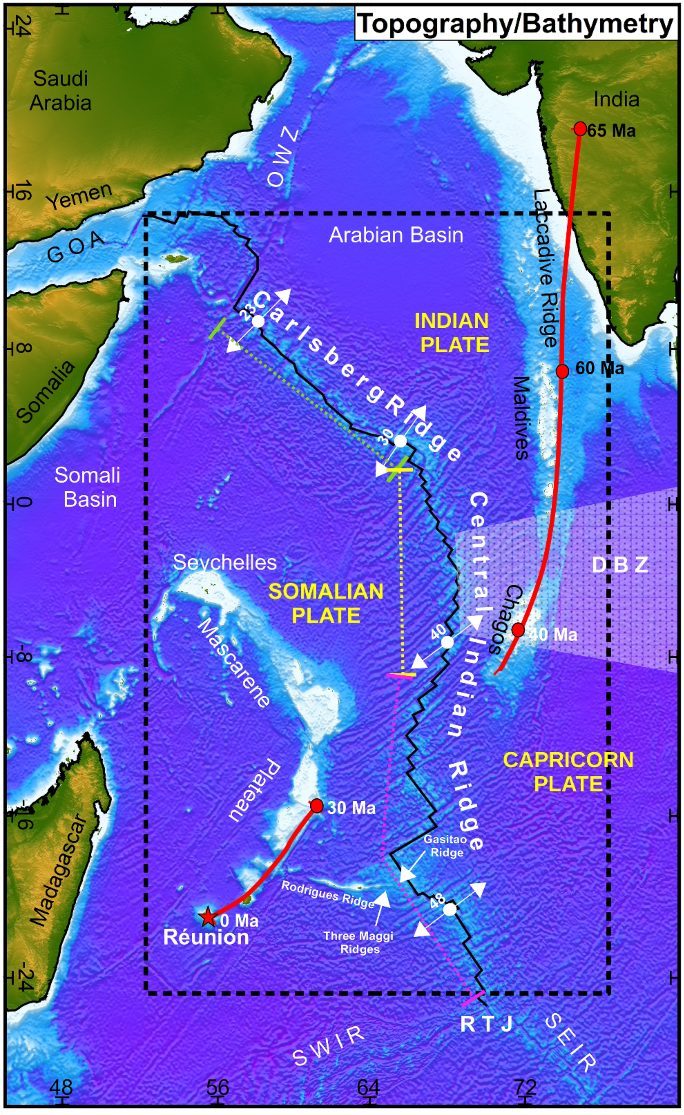Why in the News?
India has secured the world’s first International Seabed Authority (ISA) licence to explore polymetallic sulphur nodules in the Carlsberg Ridge, northwest Indian Ocean.
India’s Engagement with ISA:
|
About International Seabed Authority (ISA):
- Establishment: Created under UNCLOS (1982) and the 1994 Agreement on Part XI; Based in Kingston, Jamaica.
- Membership: 168 States (including India) + EU; the US is NOT a member or party to UNCLOS.
- Mandate:
- Regulate exploration/exploitation of minerals in the Area (beyond national jurisdictions, ~54% of oceans).
- Ensure benefits for all humankind.
- Protect marine environment from mining impacts.
- Promote marine scientific research.
- Regulatory Framework: Guided by the Mining Code (licensing, EIA, sustainability standards).
- Functions:
- Grants 15-year exploration contracts (extendable).
- Monitors compliance of contractors.
- Balances resource use with environmental safeguards.
About Carlsberg Ridge:
|
| [UPSC 2021] Consider the following statements:
1. The Global Ocean Commission grants licenses for seabed exploration and mining in international waters. 2. India has received licenses for seabed mineral exploration in international waters. 3. ‘Rare earth minerals’ are present on the seafloor in international waters. Which of the statements given above are correct? Options: (a) 1 and 2 only (b) 2 and 3 only* (c) 1 and 3 only (d) 1, 2, and 3 |
Get an IAS/IPS ranker as your 1: 1 personal mentor for UPSC 2024


